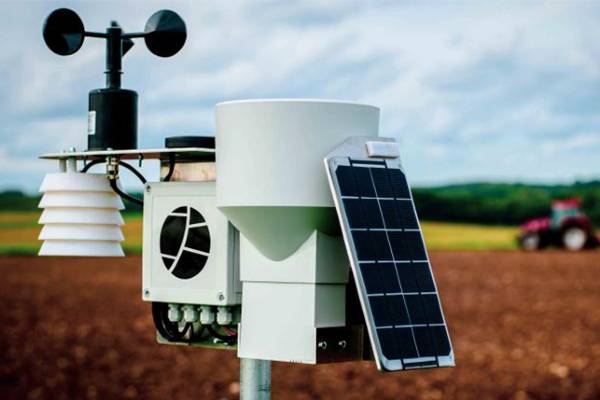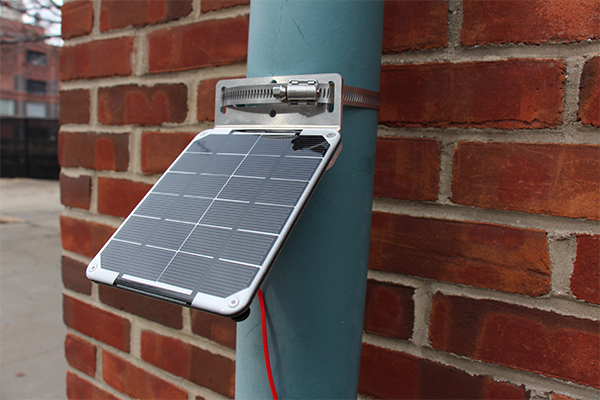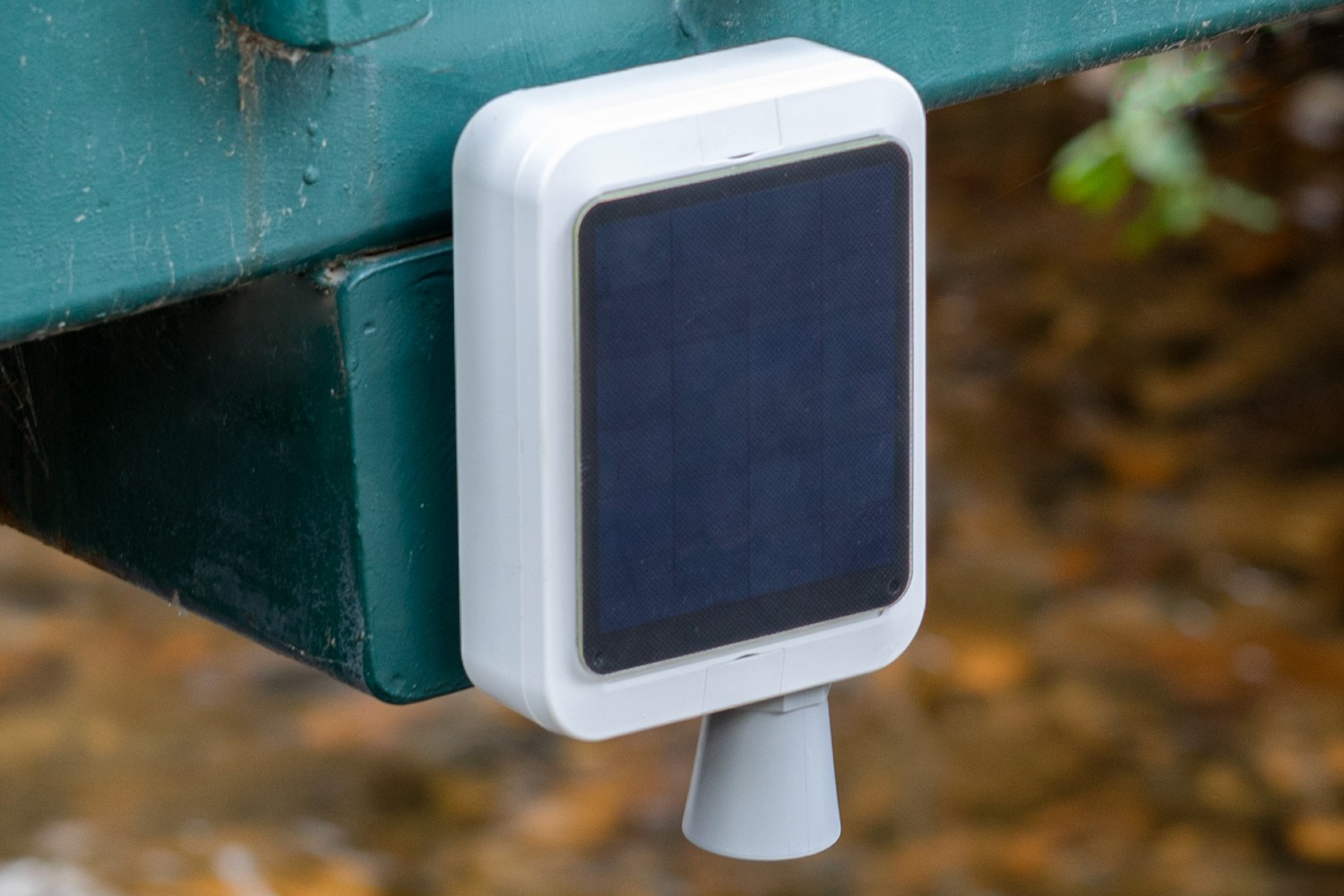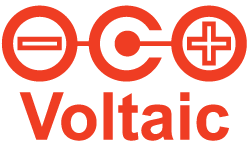
Maximize your device's performance with Voltaic's high quality power solutions for IoT.
Solar used in IoT applications needs to withstand long term exposure to UV, temperature extremes, water/humidity, vibration and impact. Using our 15+ years of experience, Voltaic has developed a complete range of small solar panels, including custom designs, in a variety of materials to meet a wide range of requirements.
Urethane Panels: Our urethane small solar panels are strong, light and IPX7 waterproof. Each solar cell and the output wire are encapsulated in urethane and backed by an aluminum-plastic composite substrate. The result is a tough solar panel that will last 10+ years in the field. Compared to glass, Voltaic urethane solar panels are extremely low-profile and easy to embed or mount onto a variety of designs.
ETFE Panels: Lightweight and waterproof, our ETFE small solar panels feature a UV- and scratch-resistant coating and are ideal for medium term (5-7 year) outdoor applications. Our standard ETFE panels feature easy to use mounting holes.
Glass Panels: Although heavier and bulkier than urethane or ETFE panels, glass solar panels, especially when coupled with a frame, can be extremely long life. Currently available for custom orders only.
^back to top



^back to top
Voltaic solar power systems are designed to be plug and play.
If you need a battery with an efficient solar charge circuit, our V25 (6,400mAh), V50 (12,800mAh), V75 (19,200mAh). V70 IoT (19,200mAh) and V88 (24,000mAh) have been designed with IoT applications in mind. Besides charging efficiently from solar, these batteries have a Always On function that a) keeps the battery output on, even if nothing is low to no current draw end for extended periods of time and b) features a smart restart -- if the battery is completely drained, the battery doesn’t turn on again until it builds up a reasonable buffer of power. This keeps the application from bouncing on and off quickly in extreme low light conditions.
Battery packs come with a range of safety protections and certifications. See individual product specifications for more information.
^back to top
Solar can make sense for an IoT application when the battery life of the system is between 4 and 365 days and there is no grid-based power source available. If the application lasts less than 4 days on its battery, it will likely go down when there are extended periods of rain and heavy clouds. If it lasts more than a year, it may be more economical to replace the battery annually.
^back to top
There are a lot of variables based on the design of the system. In general, power is driven by:
Component and software design choices affect power consumption. We have seen well-monitoring systems that send data once a week designed to last 4 years on about a 12,800mAh battery and a data logger with no communications network lasts about 10 days on a 4,000mAh battery.
^back to top
We recommend using a few simple methods. The second two options are detailed in our blog post entitled Measure the Daily Power Consumption of Your IoT Device.
Any reduction in power consumption translates to lower requirements for solar panels and battery capacity or a decreased likelihood that the system runs out of power. If you still need assistance, schedule a call with one of our IoT experts.
^back to top
Testing your system in real life conditions with actual solar panels and batteries is the best way to properly size solar panels and batteries. We often recommend that the panel should be able to more than fully power the system on one hour of good sun a day.
Assuming you’re using a battery and are in good sunlight with the panel pointed at the sun, roughly ½ of the rated power of the panel will reach the device. So if you have a 2 Watt panel, you will get 1 Watt-hour of power out of the battery into your device with an hour of perfect conditions. Be sure to plan for the worst month of the year. In the northern hemisphere, this will be December.
We explain how to calculate expected power production by month and location in our blog post Estimate Solar Irradiance for an IoT Device.
A battery provides power storage. While it varies based on applications and tolerance, it isn’t uncommon to see 7 days of heavy cloud cover in many parts of the United States at some part during the year accompanied by very little solar power production. We think the battery should be sized at a minimum to get through those low solar periods.
For our standard panels we have a range of universal solar panel brackets that attach with a u-bolt to vertical and horizontal poles that range in diameter from 0.5 - 2.5 inches and with a pipe clamp on pipes 2.5 inches and up (see images below). The backs of our urethane panels have a 4/40 stainless steel screw in each corner which can be attached to a range of materials. Our ETFE panels have through holes with optional mounting screws. If you have other requirements, review our custom solar panel page for options.
For less permanent installations, you can use also use magnets that thread on the back of the stainless steel screw, zip ties, or our corner mounts.




From Left: Small Solar Panel Bracket, Medium Solar Panel Bracket, Large Solar Panel Bracket, Custom Solar Panel Bracket
^back to top